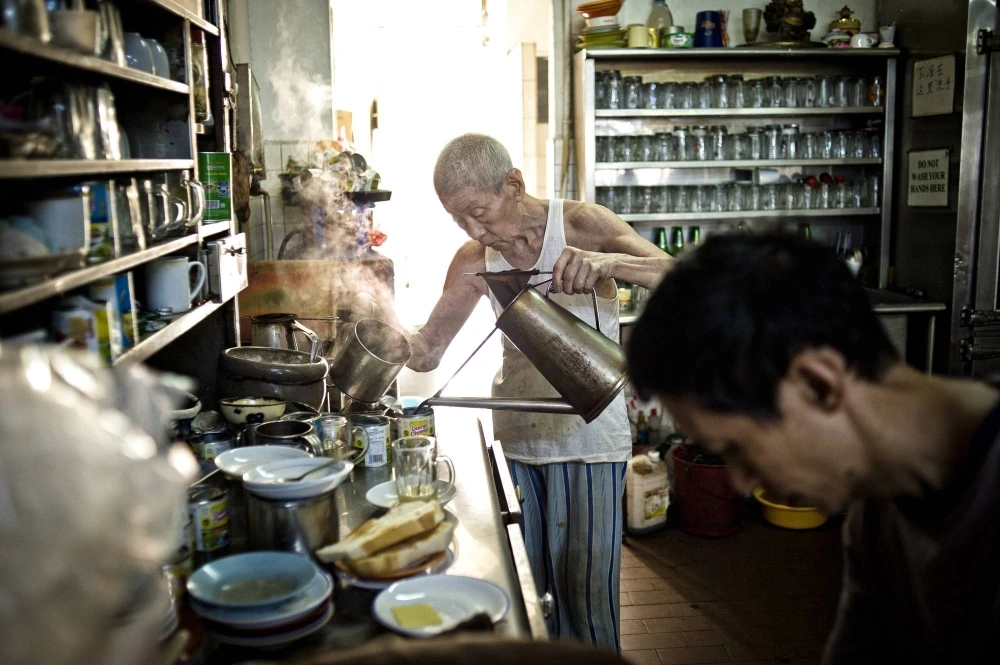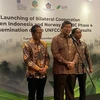
Hanoi (VNA) – Singapore is countering the risk of a rapidly aging population and a shortage of human resources in the near future.
Singaporean Minister in the Prime Minister’s Office (PMO) Indranee Rajah said that based on current trends, the number of citizen deaths could exceed the number of citizen births in the first half of the 2030s.
She noted that there were 24,726 citizen deaths in 2023. This was a 40% jump from 17,691 deaths in 2014.
In contrast, citizen births fell over the same time period. There were 28,877 such births in 2023, a 13% fall from 33,193 in 2014.
Singapore’s resident total fertility rate, which refers to the average number of babies each woman would have during her reproductive years, has been on the decline for the past 30 years. It fell below 1, to 0.97, in 2023, for the first time in Singapore’s history.
On the other hand, Singapore’s population is rapidly ageing. In 2010, about one in 10 Singaporeans was aged 65 and older. By 2030, that figure is expected to rise to about one in four.
The aging and declining population is likely to cause many serious consequences for Singapore. The workforce will shrink, putting pressure on the social security system and reducing the competitiveness of the economy. At the same time, the demand for health care services for the elderly will increase, requiring large investment resources.
To address this situation, over the past two decades, Singapore has introduced a series of measures to boost the birth rate. In particular, the country has applied policies to give cash to newborns under the Baby Bonus programme, increased maternity leaves for both fathers and mothers, and expanded government funding for older women using in vitro fertilization (IVF).
Dr Leong Chan-Hoong, head of the Social Cohesion Research Programme at the S. Rajaratnam School of International Studies at Nanyang Technological University, said an older population would also potentially place a heavier tax burden on adults of working age.
How these demographic challenges would affect the rate of immigration, and their impact on racial and national identity and also social cohesion, are also concerns, he added.
Singapore’s population stood at 5.92 million as of June 2023, growing 5% from 5.64 million the previous year.
From June 2022 to June 2023, the citizen population rose by 1.6% to 3.61 million, while the permanent resident population increased by 3.7% to 0.54 million. The non-resident population, which includes foreigners working or studying in Singapore, grew by 13.1% from 1.56 million in June 2022 to 1.77 million in June 2023, according to the Population in Brief 2023 report./.






















